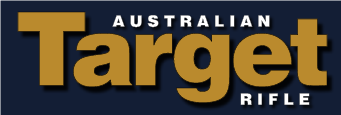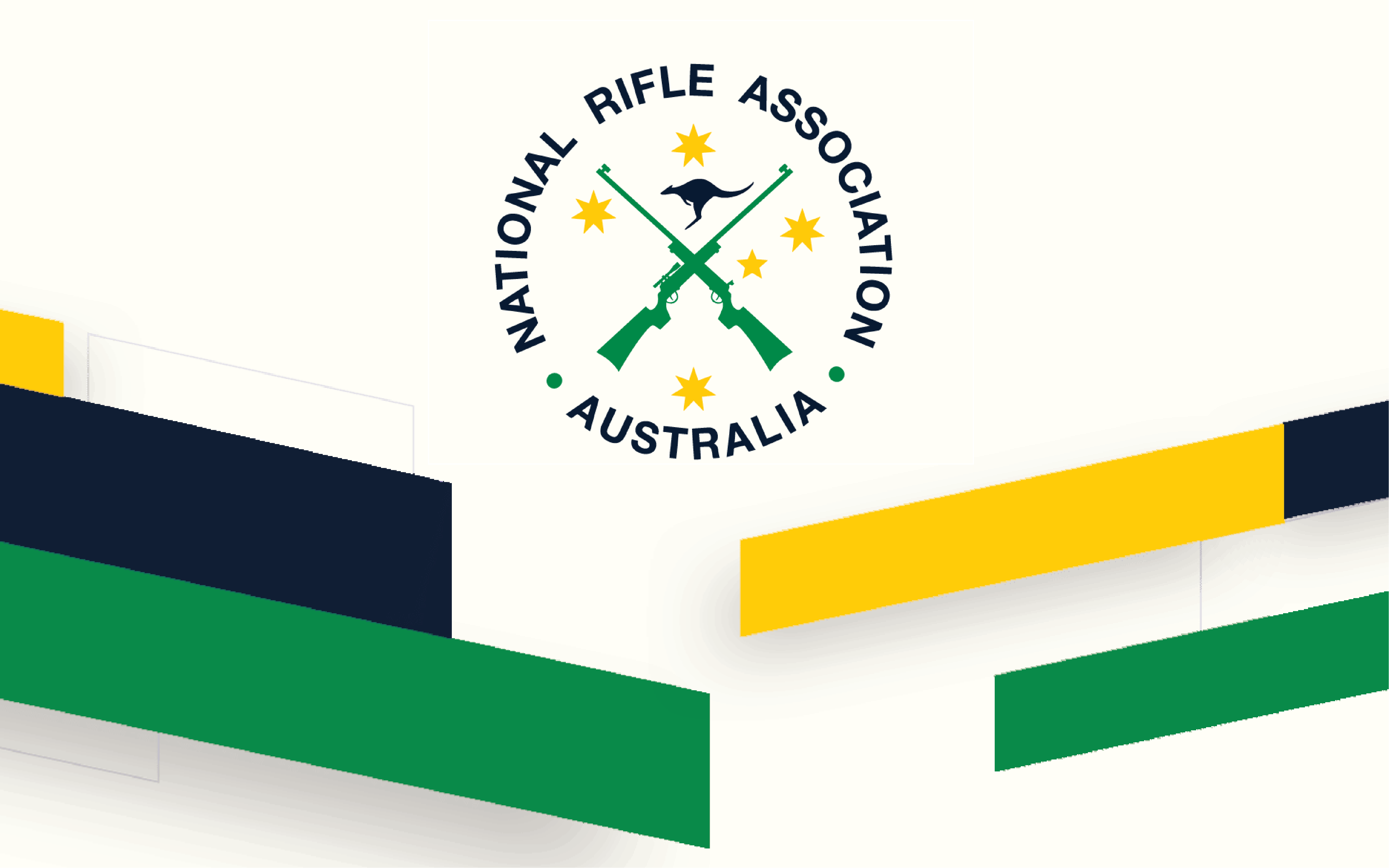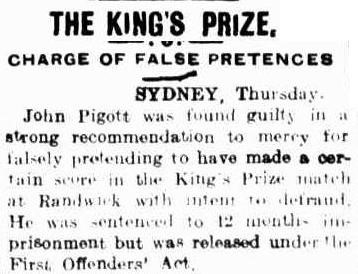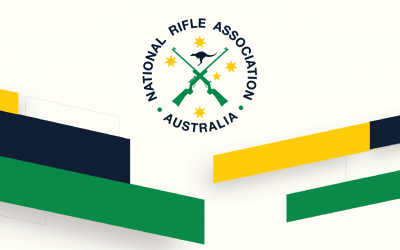The last range at the 1910 NSW Kings proved to be controversial with one John Piggott declared the winner after a score of 49 was recorded at 1000yds.
It came to be known that Piggott did not shoot at the 1000yds range but he had handed in a card with the score of 49 on it.
The article below appeared in the Brisbane Courier on the 4th of November 1910.
THE RIFLE SHOOTING SENSATION [i].
PIGGOTT ON TRIAL. REMARKABLE EVIDENCE.
SYDNEY. November 3.
William John Piggott was before the Paddington Court to-day, charged, by warrant, with having, at the Randwick rifle range on October 14 last, falsely presented to Herbert Dakin, secretary of the National Rifle Association of New South Wales, that he had made a score of 49 points at the 1000 yds range, in the third stage of the King’s match, whereby he had obtained from the Association the sum of £100 with the intent to defraud.
Detective John Walker gave evidence of an interview which he and Detective Malone had with accused. He questioned him as to his meetings with a man named Hoyle. Witness informed the accused he had an idea he had never fired a single shot at the 1000 yards range, but that his score card went in all the same. To this accused replied “to tell you the truth I didn’t fire at the 1000 yards range ” Piggott then made a statement which was as follows “I was a competitor at every stage of the King’s prize. I shot at the 300yds range, 500yds, 600yds. twice, 700 yds 800yds, and 900yds, I handed my card in to Mr Sibthorpe, but I did not shoot at the thousand yards range. After handing mv card in I walked away. That is all. I went over to where my wife was. When I handed in my card to Mr. Sibthorpe a score of 49 was on it, also two 3’s for the sight shots I don’t know who put the figures representing the score of 49 on my card, but they were put on before I handed it in. On October 14, I was sitting down at the back of the 1000 yds range, a man whom I don’t know came up, and said to me “Show me your card”.
I handed it to him. He had his back to me for a while. Then he handed it back to me. When he handed it back to me the card was filled up, showing a total of 49. The man said: “Hand that in. It will be all right.” He said: ‘Hand it in there (indicating where Mr. Sibthorpe was scoring), and it will be all right.’ I made no protest to this. I regret my conduct in connection with this matter, and I now withdraw; all claims to having won the King’s Prize. I laid Mr. Sibthorpe £2 to nothing that I had won the King’s Prize. It was not Mr. Sibthorpe who came and got my card, but it was to him I handed it in, with the score of 49 already filled in. Mr. Sibthorpe must have known that my card was crooked, because I handed it in to him filled in and signed William John Piggott.”
Lieut. Herbert Dakin said he saw Piggott about 4.45 on the mound, and in reply to questions whether he had got 49 at the 1000 yards he saw “Yes,” and that his total score was 286. An inquiry was held next day, after which he received the “following communication: “Lieut. Dakin, Dear Sir, -I have this liberty of writing to you to make an appeal. I am sorry for what happened, and have had a life-long lesson as well as ruining myself by allowing myself to he tempted into doing wrong. This is the first occasion I have gone on the wrong road, and it will be the last. My reason for making this appeal is because I cannot face you again, after the good way you have always treated me. I am going to ask you if it is possible to keep the matter out of the papers for the sake of the innocent ones at home. If you will do this, sir, I will deem it a lifelong favour. If it is not possible to keep it out of the papers, then I cannot say what may happen, as I think it will drive me off my head. I only state that my wife has no idea what is wrong in this matter.-(Signed). John Piggott.”
Clement Henry Hoyle, a clerk, said he was not at the Randwick Range, and did not see Piggott shooting at the 1000 yards range in the King’s. Some days later Piggott explained to him where the mounds and targets were, and he told Piggott he was going to write. He would go to the Rifle Association office and say he had seen Piggott shoot. Piggott told him he had won the prize fairly and squarely.
Victor Thomas Pantlin, Registrar of the rifle meeting, said the signature on Piggott’s score card was not his, and Samuel Henry Bower said the initials on the card were not placed there by him.
The case, for the prosecution was closed.
Mr. Williamson, who appeared for Piggott, asked for a remand for a week, to consider what course he would adopt. The remand was granted.
Piggott was found guilty receiving a 12 month sentence but released under the First Offenders Act. In a meeting of the National Rifle Association of NSW he was banned for life.
William Piggott had had a distinguished War Service record, first enlisting in the 3rd NSW Mounted Rifle as a Trooper in the Boer War. He enlisted in the First World War on 2 occasions, firstly in 1915 as a musketry instructor in the UK but discharged after the death of his wife in childbirth then reenlisted in the Special Transport Service of the AIF.
The winner of the 1910 King’s Prize was declared to be Cecil Harvey Best Morris of Goulburn. From his obituary we are told: – At 14, he partially lost the sight of one eye[3], which in later years completely failed. Despite this handicap, which can be fully appreciated by a rifleman, his nerve and determination carried him along. He was twice selected to represent Australia at Bisley (Eng.). Winner of King’s Prize in 1910, he won also seven N.S.W. King’s Badges, five Victorian King’s Badges, 17 silver cups and countless other prizes including 41 gold medals, which, with his prized King’s Medal, he donated to the war effort (WW2) for the gold they contained. He shot on numerous occasions with the State team, coaching them to win the Commonwealth match in 1913. Cecis Morris was at the Liverpool range whenever it was possible until within three weeks of his death at 83 years. His score then was 42 and 43 out of, a possible 50 at 700 yards—a truly creditable final score for a grand old rifleman.
[1] https://trove.nla.gov.au/newspaper/article/19667106
[2] https://trove.nla.gov.au/newspaper/article/184872610?searchTerm=kings%20prize




